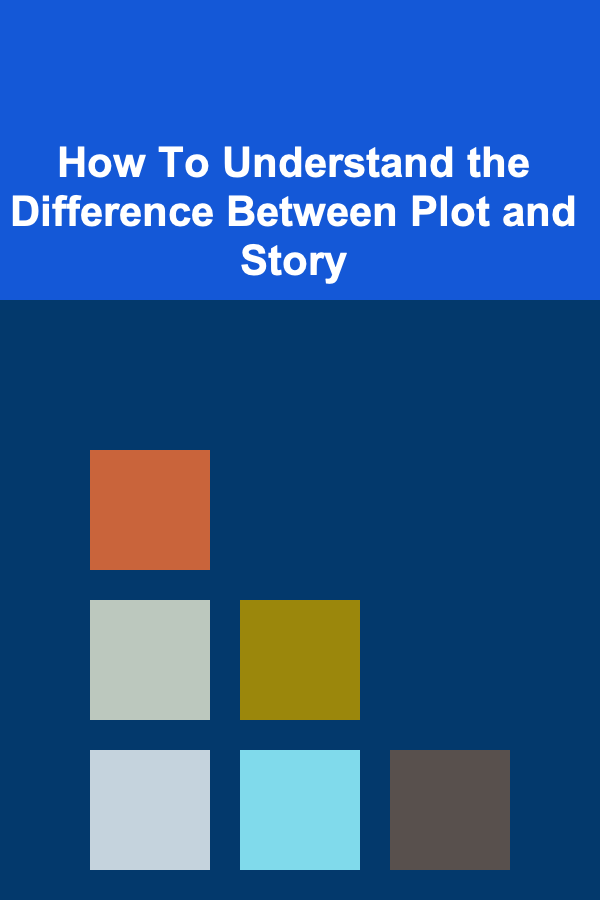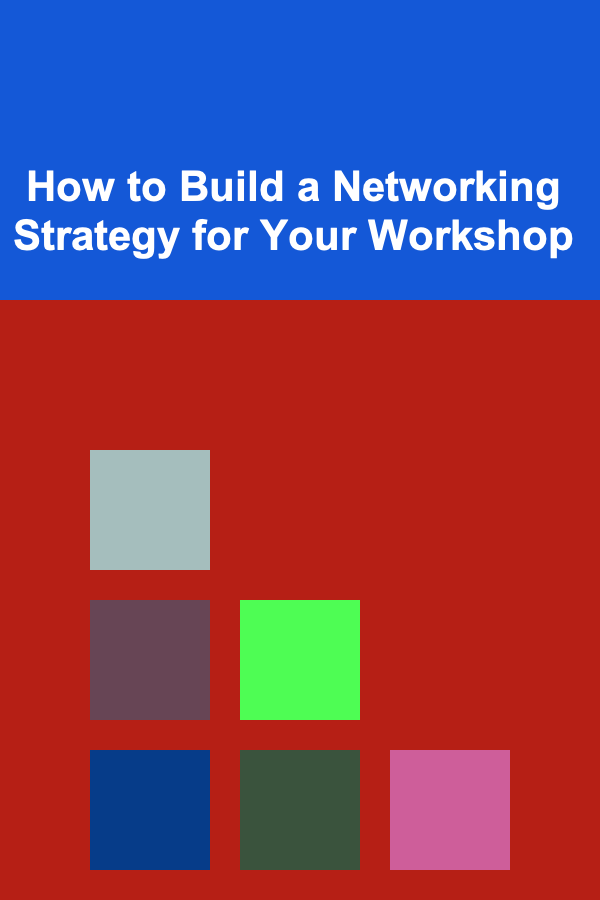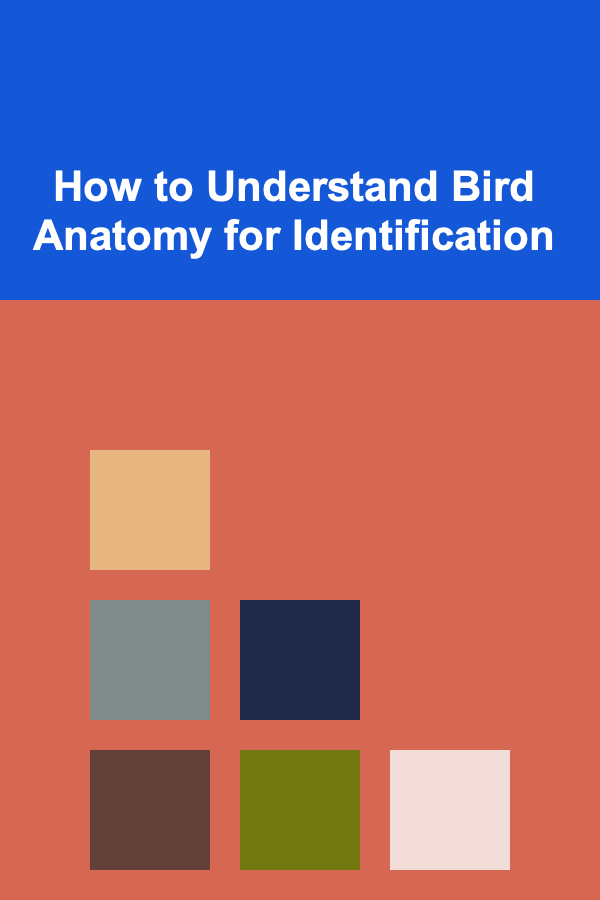
How To Understand the Difference Between Plot and Story
ebook include PDF & Audio bundle (Micro Guide)
$12.99$11.99
Limited Time Offer! Order within the next:

When we delve into the realm of literature, film, or any narrative-driven medium, we often encounter terms like plot and story. While many people use them interchangeably, understanding the nuanced difference between the two is essential for both readers and creators alike. The distinction between plot and story is a fundamental concept in storytelling that can significantly affect how we engage with and analyze narratives.
In this article, we will explore the subtle yet important difference between plot and story, providing clear definitions, exploring how each component functions within a narrative, and offering examples to illustrate these concepts. We will also examine the historical evolution of plot and story in literature and cinema and how these elements contribute to a deeper understanding of narrative structure.
Definitions and Basic Concepts
At their core, plot and story are two different ways of organizing and presenting the same narrative. While they are interconnected, they are not synonymous.
What Is a Story?
A story refers to the sequence of events that take place within the narrative. It is the raw material, the fundamental content, or the "what happens" in the narrative. The story includes all the events, characters, settings, and actions that occur in the world of the narrative, whether or not they are explicitly shown or mentioned in the final presentation.
In simpler terms, the story is the broad, comprehensive timeline of events, regardless of how those events are presented or structured. It answers the question: What happens?
For instance, in a film or novel, the story might include everything from the beginning to the end, regardless of whether it is shown in chronological order, through flashbacks, or through fragmented pieces.
Example of Story:
Consider a simple story of a man named John who travels to a distant city to find his estranged brother. After several challenges and a series of conflicts, John finds his brother, and they reconcile.
The story might include:
- John's decision to leave his hometown.
- His journey to the city.
- His search for his brother.
- The obstacles he faces during his search.
- The emotional confrontation with his brother.
- The eventual resolution and reconciliation.
The events that constitute the story are presented in a relatively straightforward sequence of what happens, and the story includes everything that happens in the world of the narrative, whether it is explicitly depicted or merely implied.
What Is a Plot?
The plot, on the other hand, is the arrangement or structure of those events. It refers to how the story is told and organized in the final work. The plot is the sequence of events as they are presented to the audience, and it involves the intentional structuring of these events in a way that maximizes emotional engagement, creates suspense, and delivers a meaningful narrative experience.
The plot is more than just a linear account of what happens; it is the how the events are arranged and the why they are presented in a particular order. This includes the use of dramatic devices like foreshadowing, flashbacks, twists, and other techniques to shape the audience's perception of the story.
The plot is typically organized around a central conflict or problem that the protagonist must resolve. It includes key components such as exposition (introducing characters and setting), rising action (building tension), climax (the turning point), falling action (resolving the tension), and denouement (the conclusion).
Example of Plot:
Now, let's consider how the story of John finding his brother might be plotted:
- The narrative begins with John at a point of emotional crisis (his broken relationship with his brother).
- He learns that his brother has been living in a distant city, prompting him to make the decision to go after him.
- Along the way, John faces difficulties---losing his wallet, being followed by someone, or even misunderstanding something about his brother's life.
- A climactic scene may involve a confrontation between John and his brother, where they argue, leading to an emotional breakdown.
- Finally, in the denouement, they reconcile and talk through their issues, perhaps with an uplifting conclusion.
In this plot, the events might not be presented in chronological order. For example, we might start with the emotional confrontation between John and his brother, then jump back in time to show how John's journey began, and return to the present moment at the climax. The plot creates a more engaging, suspenseful experience than simply telling the events of the story in order.
Key Differences Between Plot and Story
-
Story is the raw material; plot is the structure. The story represents the raw sequence of events, while the plot refers to how those events are organized and presented.
-
Plot is the how; story is the what. The story answers the question of what happens, while the plot deals with how those events are arranged to create a certain effect or emotional response in the audience.
-
Story can be simple; plot can be complex. A story can be straightforward and simple, but the plot often contains multiple layers of complexity, including subplots, foreshadowing, and narrative techniques to make it more engaging.
-
Plot manipulates time and space. While the story follows the natural flow of time, the plot may manipulate time through flashbacks, non-linear timelines, or parallel storylines to create interest, suspense, or surprise.
The Relationship Between Plot and Story
Plot and story are deeply intertwined and cannot exist independently of one another. The story provides the foundation, while the plot builds the structure that gives the story its emotional impact. A story without a plot may feel aimless and lacking in tension, while a plot without a story can come across as contrived or hollow.
The relationship between plot and story can be understood as a kind of dialogue between content and form. The story is the content---the essential events and conflicts that must be told---while the plot is the form that arranges those events in a way that maximizes dramatic effect.
Example: A Non-Linear Plot
One of the best ways to illustrate the difference between plot and story is by examining works that use non-linear or unconventional plotting techniques. A prime example of this is the film Pulp Fiction directed by Quentin Tarantino.
The story of Pulp Fiction is relatively straightforward. It revolves around a series of interconnected events involving gangsters, criminals, and other colorful characters in Los Angeles. However, the plot is anything but linear. The narrative is presented in a disjointed, non-chronological order, with various storylines overlapping and intersecting in unexpected ways.
The story includes all the events that take place, such as a hitman's job gone wrong, a car accident, and a robbery. But the plot arranges these events in an order that confounds expectations, making the audience experience the story in a way that builds tension, surprise, and intrigue. The plot's structure takes what could have been a simple narrative and transforms it into a complex and multifaceted storytelling experience.
Plot and Story in Literature vs. Film
The distinction between plot and story is not just important in theoretical discussions about narrative structure; it has practical implications in both literature and film. Although the concepts of plot and story remain consistent across media, their implementation may differ based on the medium's inherent characteristics.
Plot and Story in Literature
In literature, plot and story often blur together more seamlessly. Writers have the freedom to manipulate time and structure without the constraints of visual presentation. Non-linear narratives, flashbacks, and unreliable narrators are common literary devices used to disrupt the linear progression of the story.
A classic example is The Great Gatsby by F. Scott Fitzgerald. The story is about a man named Jay Gatsby and his love for Daisy Buchanan. The plot, however, is presented through the perspective of Nick Carraway, who looks back on the events in a non-linear fashion. The story includes Gatsby's rise to wealth, his obsession with Daisy, and his tragic demise, but the plot presents these events in a way that emphasizes the themes of memory, longing, and the American Dream.
Plot and Story in Film
In cinema, the difference between plot and story can be even more pronounced. Filmmakers have a unique set of tools---such as editing, cinematography, and sound design---that allow them to manipulate the audience's perception of time and space in ways that are impossible in written text. Films can begin in medias res (in the middle of action), use flashbacks, and employ techniques like voiceovers or dream sequences to present the plot in a manner that deviates from the chronological story.
In the film Memento directed by Christopher Nolan, the story revolves around a man named Leonard Shelby, who suffers from short-term memory loss and is trying to solve the mystery of his wife's murder. The plot, however, unfolds in two alternating timelines---one moving backward in time and the other forward. The non-linear structure of the plot forces the audience to experience Leonard's confusion, reflecting the story's central themes of memory and identity.
Conclusion
The difference between plot and story is a nuanced but important distinction that shapes how we understand and engage with narratives. The story represents the raw sequence of events, while the plot is the crafted structure that arranges those events to create meaning, suspense, and emotional engagement. By understanding the interplay between the two, we can appreciate the complexity of storytelling and deepen our appreciation for the art of narrative construction.
As we've seen through various examples in literature and film, the difference between plot and story can significantly impact the way a narrative is perceived. Whether through a non-linear structure, intricate characterization, or a carefully timed reveal, the plot serves as the artistic device that elevates the story beyond mere events to something more meaningful, compelling, and emotionally resonant.

How to Build a Networking Strategy for Your Workshop
Read More
How to Evaluate the Security of a Blockchain Protocol
Read More
How to Manage Pet Allergies in Your Home
Read More
How to Scale Your Courier Delivery Service into a Full-Time Business
Read More
How to Use Hooks and Pegboards for Versatile Storage Solutions
Read More
How to Understand Bird Anatomy for Identification
Read MoreOther Products

How to Build a Networking Strategy for Your Workshop
Read More
How to Evaluate the Security of a Blockchain Protocol
Read More
How to Manage Pet Allergies in Your Home
Read More
How to Scale Your Courier Delivery Service into a Full-Time Business
Read More
How to Use Hooks and Pegboards for Versatile Storage Solutions
Read More